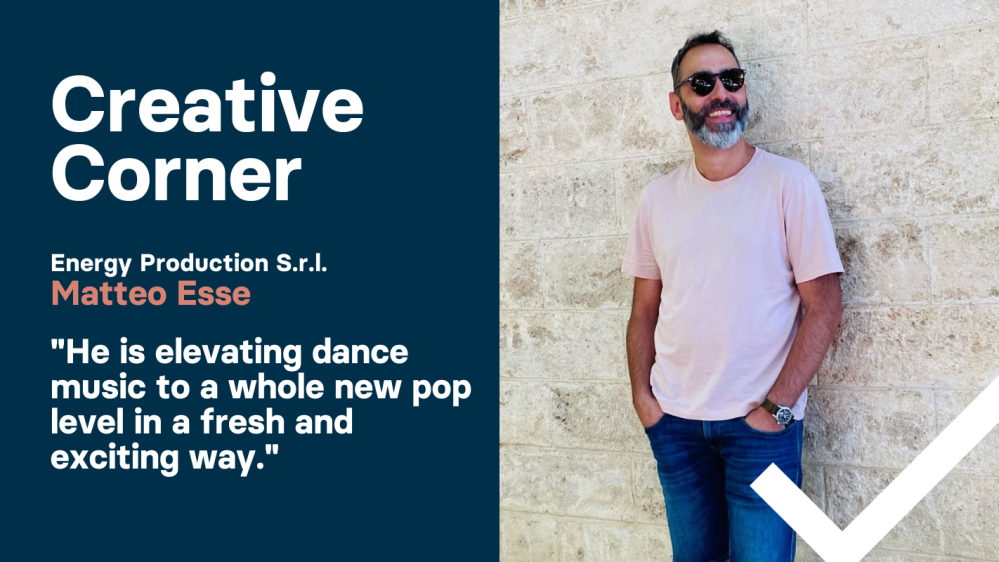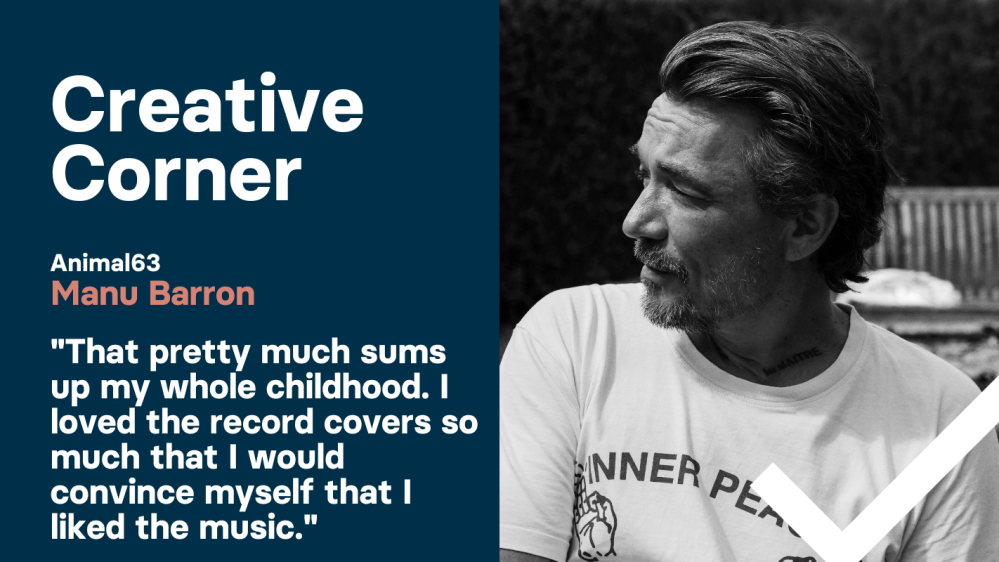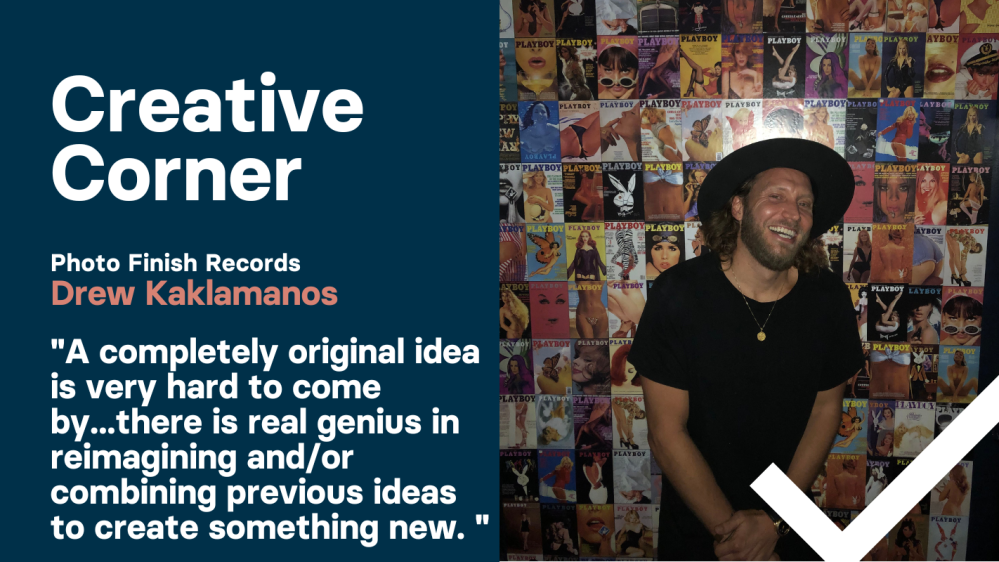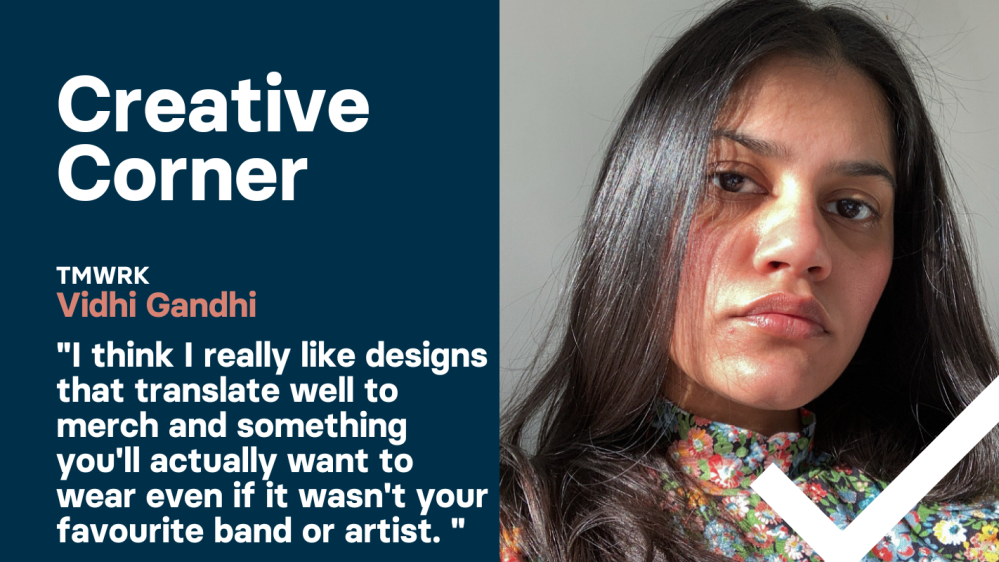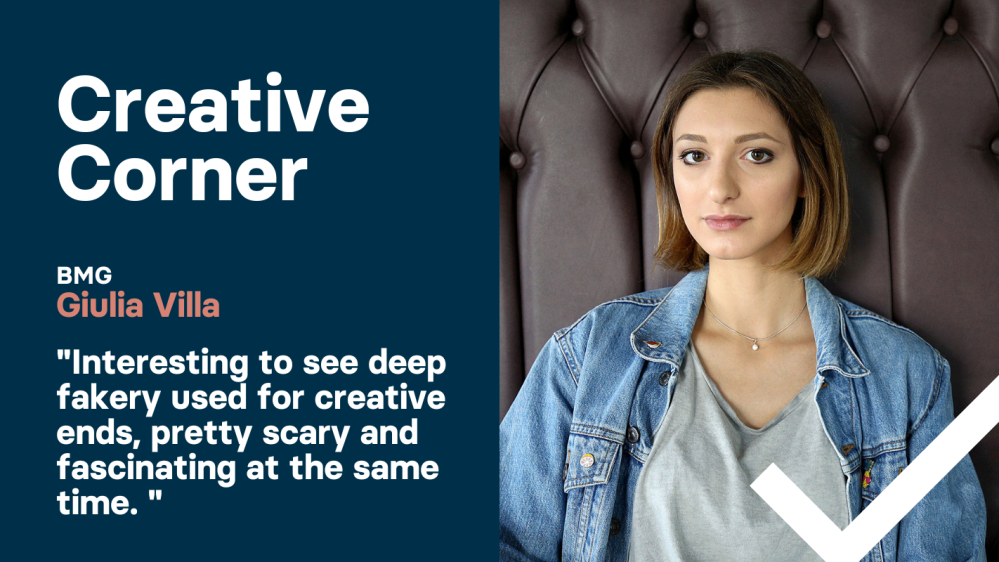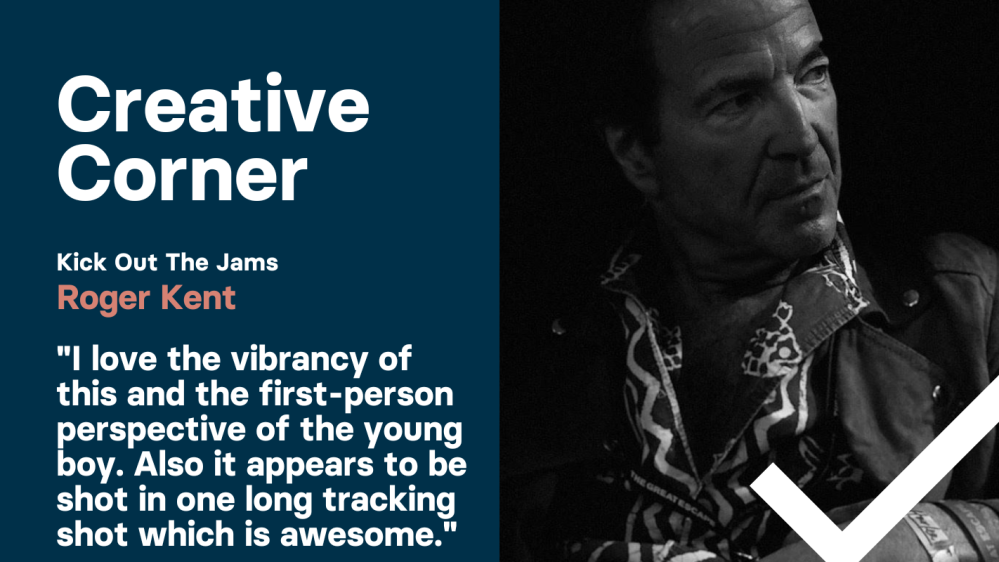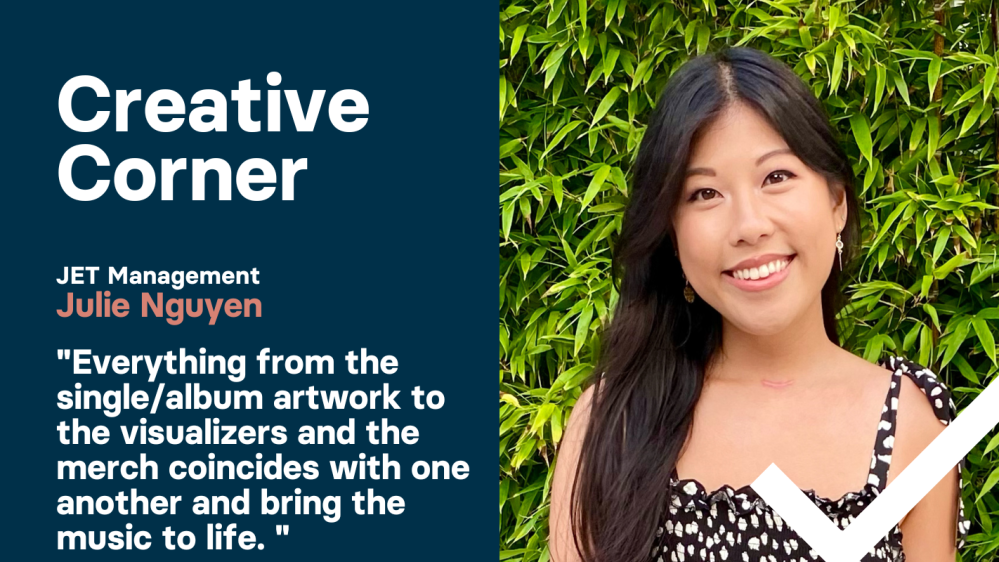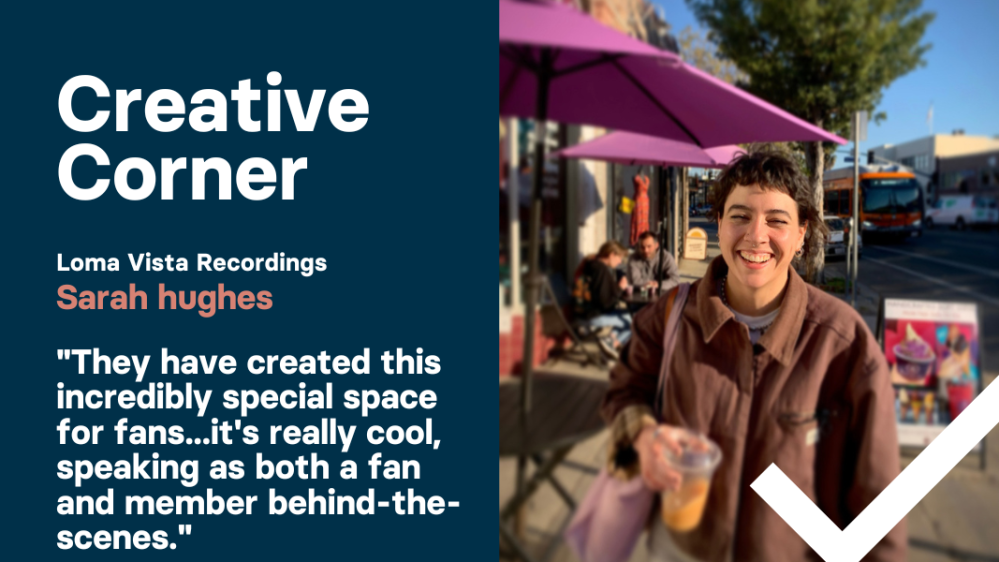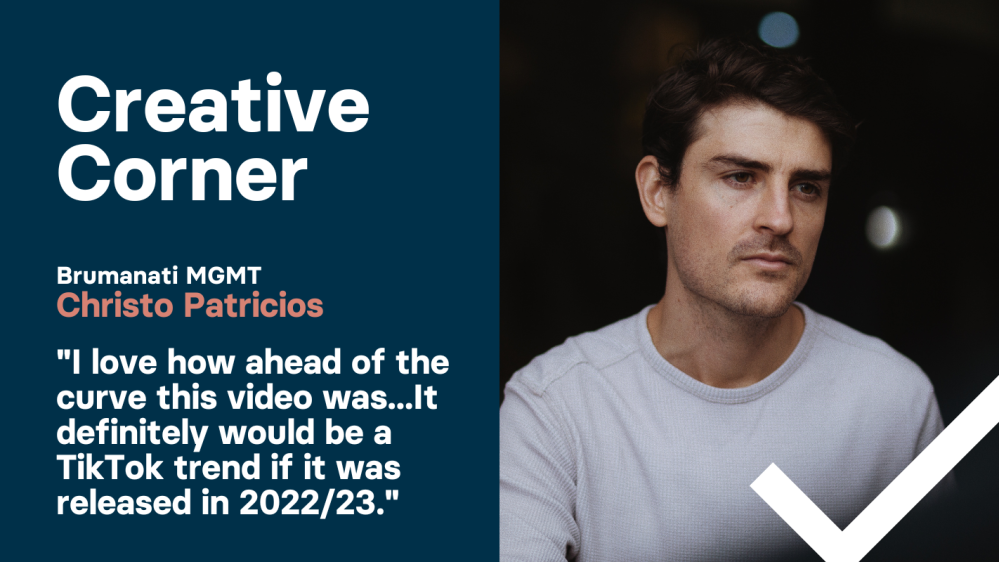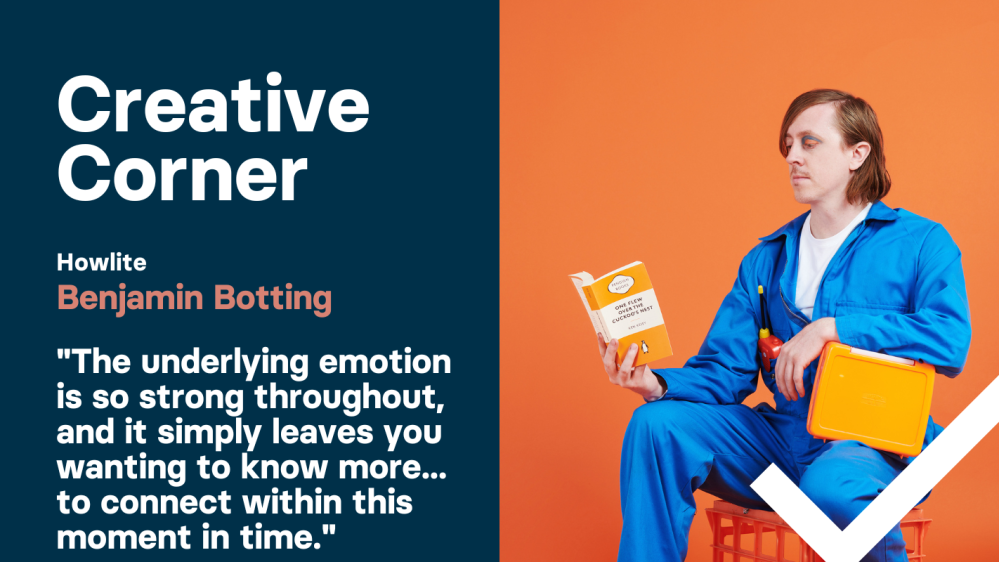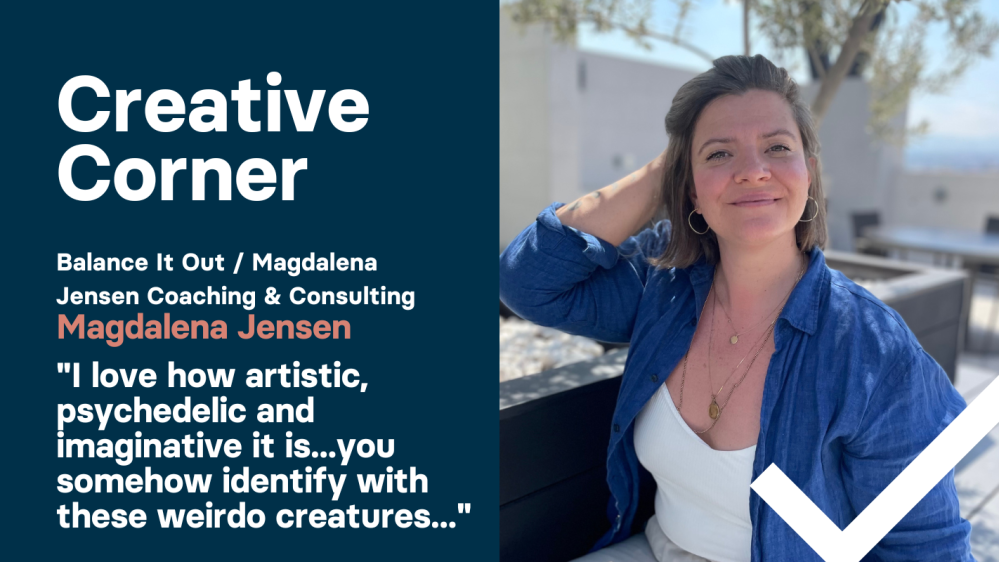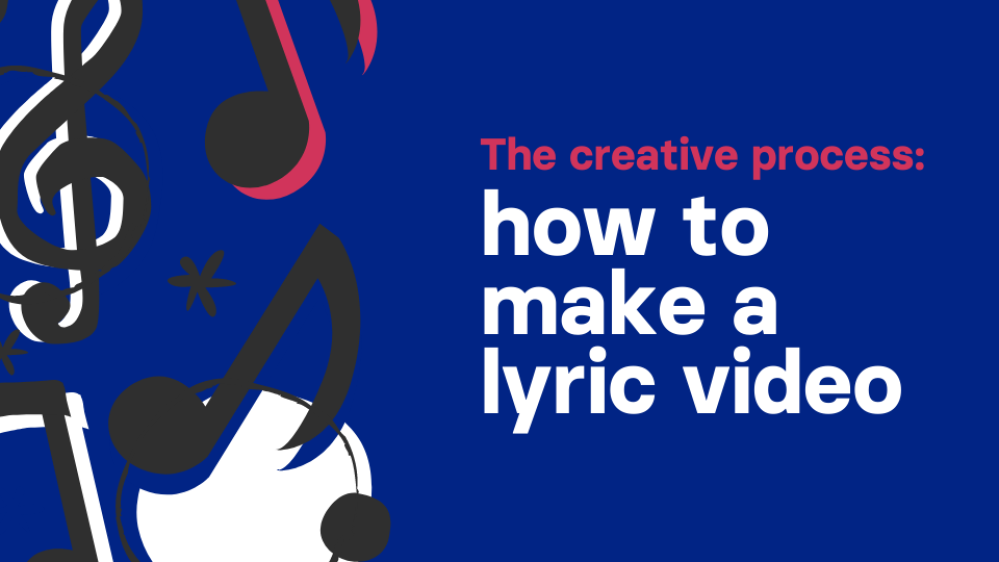
With superstars on their CVs and tens of millions of YouTube views between them, who better to ask than our quartet of freelance motion graphics experts to step through the process of creating a lyric video.
Our guest contributors run us through the six stages of creation: from initial research, concepts and storyboarding, to the software used, how to gain actionable feedback and the processes of rendering and final delivery.
Contributors
In order of appearance
- Tom Readdy in London, UK
- Oriane Rondeau in Toulouse, France
- Sophie Graves in Queensland, Australia
- Alejandra López Martín in London, UK
Research
The first step in the artist process can vary from project to project.
While some clients will have a clear vision of what they want to express, especially if creative direction and campaign assets already exist, others will ask the animator to develop the visuals from scratch using basic concepts or cues to then flesh out the idea in full.
“We always begin with research,” explains Tom Readdy, the Creative Director at London-based studio Yes Please! Productions.
In 2017, Tom and his partner Lucy Dawkins were commissioned via CC by record label ABKCO in New York - home to iconic music catalogues including compositions and recordings by Sam Cooke, The Rolling Stones, Bobby Womack, and more.
As a result, Yes Please! went on to create more than 100 animated videos for The Rolling Stones and the opportunity enabled the pair to quit their day jobs and make their 10-year venture a full-time business.
Lyric video for The Rolling Stones' She's A Rainbow by Yes Please! Productions
“We do a lot of work for catalogue artists and older songs, so that often involves looking into the time that the song was recorded, what the artist was into, their influences, art, design, fashion etc. Anything that will give us a real, authentic flavour of the artist and track. We'll also listen to the track a lot. Really let it seep in, to fully understand what that song should look like.”
Oriane Rondeau, a French motion designer and video director based in Toulouse in the south of France, agrees with Tom.
“The first thing I do when creating a lyric video is similar to making a music video: establish a concept and visual world after listening to the track and determining an atmosphere,” she says.
By visualising the audio after a few listens, Oriane then starts to focus on conceptualising two of the most crucial elements of a lyric video: the most suitable typeface for the artist and music; and the style of movement that fits the mood of the track best.
Then it’s time to see what the client thinks.
Concept
Once the overall concept is formed, the commissioned animator tends to take the early vision for the video to the client for a collaborative, creative discussion.
Before the first frame is animated, the goals of this call are to:
- Forge an open, friendly dialogue between all parties
- Establish timelines for the final due date, as well as revision dates
- Manage expectations within the scope of the brief
- Agree on the overall creative vision for the lyric video
In most cases, this discussion will typically occur via a group video chat between the animator and a combination of record label personnel and representatives from the artist’s management company. A supporting email thread containing relevant documents and confirmed agenda points follows and acts as a spine which continues to run throughout the course of the project.
“With animation, clear communication with the client is key,” Tom says, “They [the client] need to be involved and approve designs at every stage as it's very difficult to change once you get started.”
Following this first meeting, the manager typically liaises with the artist for indirect creative input to ensure that everyone’s on board before the fun stuff starts in earnest.
Next, we hear from Sophie Graves, an animator, designer and artist who “grew up in the lovely British countryside of Suffolk spending a childhood watching cartoons, painting, drawing, sculpting and hanging out with my family's many, many animals,” she says, before moving to the bright lights of London and Bristol in the UK. Sophie is now based on Queensland's beautiful Sunshine Coast in Australia.
“The process for me for creating a lyric video begins with discussing the concept with the client and defining the style of animation that would best suit that concept. Once the concept is decided, and if there is enough time in the project, I will put together 2-3 style frames to share with the client to ensure they are happy with the overall look and style.”
Sophie’s specialties include 2D digital, frame by frame, stop motion and mixed media, “with stop motion always having been my one true love.”
Tom and Oriane also follow a similar approach to Sophie at this stage.
“Our designer will begin sketching out ideas, either in Photoshop or After Effects,” says Tom. “We'll usually work up 3-4 images that get our idea across and send them to the label for approval,” while Oriane sends a moodboard with some keyframe examples to the commissioner “and once that is validated I'll start working on the actual video” she says.
So once the concept is approved and the commissioner has signed off on a handful of static frames, it’s time for storyboarding.
Storyboarding
What is a storyboard in animation? A storyboard is a chronological series of illustrations or images that pre-visualises a motion sequence, such as a video or animation.
If the project has a tight deadline, Sophie will sometimes jump straight to storyboarding and she will skip submitting a few sample frames to save time. However this can be risky as the visual style may need reworking if it doesn’t sit right with the client and animators should be given sufficient planning and approval time at this stage.
Our fourth interviewee, Alejandra Lopez Martín, has a neat way of storyboarding with a spreadsheet to guide the client through the video.
“I normally map very precisely the scenes we will be animating for the video,” Alejandra says. “When animating, you need to be very precise because the technique is very time-consuming, and therefore very expensive, so you want to plan ahead as much as possible. I would make Excel tables with a breakdown that shows exactly what will happen every 10-15 seconds of the song. This will work as a script or skeleton of the video.”
Alejandra is from Spain and currently lives in London, having studied film studies at King's College London and film production at Goldsmiths University. Last year, after being regularly hired for freelance music jobs via Creative Commission, she started her production company Skateaway Pictures and put a team together to create short format film production, animation, AR filters, graphic design and more.
“One thing I love about animation,” she says, “is that it's an art that will surprise you. So although we have a very thorough script, I am always excited to experiment and bend it: to see what happens once we start working!”
Lyric video for David Keenan's Bark by Alejandra Lopez Martin from Skateaway Pictures
Toulouse-based Oriane Rondeau also embraces the collaborative benefits of technology. “My process is quite intuitive so I usually start at the beginning of the track and work my way through,” she explains. “I create a Google Doc that I share with the commissioner where I regularly upload screenshots of the work in progress.”
Using tools that are both easy to use and familiar can boost client confidence and take-up when requesting concise feedback.
Sophie Graves talks us through the next stages of creating a lyric video from her personal experience: “once the storyboard is signed off, I will animate a full first draft of the video. The first thing I do when making the first draft of a lyric video is to time out all of the text to the track, so that it all syncs up perfectly. Once the text is timed out, I will then arrange it on the screen and animate it. Then I will move onto animating the other elements, such as images, characters etc, and arranging them in the scenes around the text.”
Oriane specialises in collage animation and so at first she collects the images that she needs, cuts them up in Photoshop and then transfers them to After Effects.
“There I'll add the type and start creating the scenes,” Oriane says. “I often work with the 3D space in After Effects and that's how I create scenes that have depth. I find it very useful when it comes to lyric videos because you can get the sense of the lyrics really belonging in the scene since they are integrated in 3D with the other elements.”
Lyric video for The KBCS & Olivier St. Louis' Pockets by Oriane Rondeau
Software
Creating a lyric video inevitably requires combining an array of specialist software to achieve the desired effect.
It’s almost a given that animators will use Adobe After Effects to animate the textual lyrics within the video. Then, as Alejandra points out, “any other element of the video can be animated with softwares such as Toon Boom Animation for cartoons, Adobe After Effects for motion graphics and even Adobe Photoshop for rotoscope animation. Making use of graphic tablets makes the process a lot easier, as you most likely will have to make illustrations at some point in the process,” she adds.
“The concept determines which software I will use,” Sophie says, “but typically I will use Adobe After Effects for the animating and Photoshop and / or Illustrator for designing any assets and images to be included.”
Tom is in agreement. “The process will naturally differ depending on the brief, budget and the needs of the client, but the main tools for us are Photoshop and After Effects. 90% of our work is digital, and if we do incorporate any filmed elements it's usually stock footage or archive material of the artist. We'll then move on to animation, which is usually done all in After Effects, but we have used Animate, Procreate and Cinema 4D in the past.”
“If I am including any frame by frame elements,” Sophie adds, “as I have done on lyric videos before, then those I will animate in Toon Boom Harmony and bring those exported video files back into After Effects to be composited together with all the other imagery and text elements.”
Lyric video for Eloise's BAMO by Sophie Graves
Feedback
If the lines of communication between the creative and client teams have been open since the initial concept call and during storyboarding, then feedback ought to be collaborative, constructive and concise at this point.
Sophie says that she will “rework the video based on the feedback given and repeat this process until the video is complete,” while Oriane will “send over a first render when I've got the first 30 seconds of animation. Then I will send in a new render when I'm halfway through and a render of the full video later on. That way I make sure the commissioner is kept up to date on the progress and we are aligned in the direction it is taking.”
“Depending on how responsive the client is,” Alejandra says, “this final stage will go slower or faster. I find that big record labels tend to be better clients than independent artists when it comes to making this stage go smoothly, perhaps because larger companies are more used to the process. I normally schedule 2 or 3 revisions before the due date.”
Rendering and delivery
When it's time to render the animation, Alejandra makes a very pertinent point.
“For me, it is very important to emphasise how long the rendering process normally takes to ensure the client sends feedback that has been thought out and is sent all at once. Once the lyric video is locked, I export the final high-resolution version and send it to the client or artist.”
”The client should not assume the animator can do other projects on the side when they are working on a lyric video. The project can take up to a day to render and the animator might not have another computer to continue working elsewhere. That's why it is important to acknowledge you are booking a creative's week when hiring an animator, taking their time from working on other things but also from looking for other jobs. This does not happen to the same extent with graphic designers and filmmakers, for example.”
